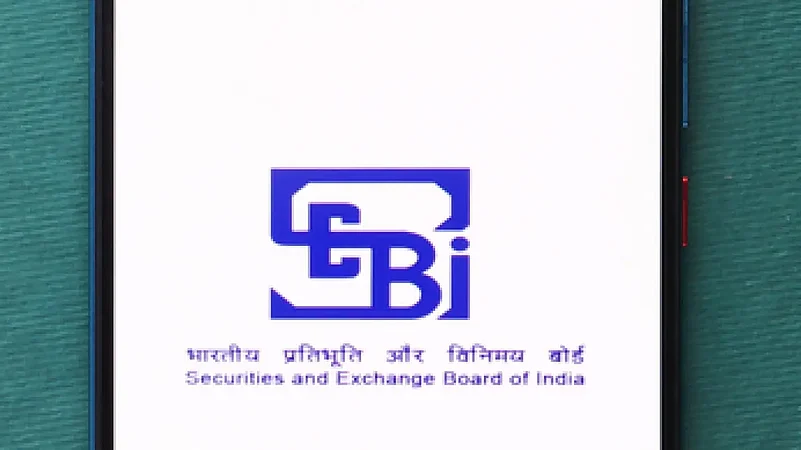The equity-linked savings scheme (ELSS), which helps save tax under Section 80C of the Income-tax Act, will soon be available in a passive version as well. In a major development, the Securities and Exchange Board of India (Sebi) has allowed fund houses to launch passive ELSS.
This was part of a circular Sebi issued on May 23 on key development changes related to passive funds, including exchange-traded funds (ETFs) and index funds. The provisions of this circular will be effective from July 1, 2022, and shall be applicable to all existing ETFs and index funds.
Several Twitter users rejoiced at this news as passive funds have lower expense ratio or cost. “Was waiting for a passive ELSS fund. Good move by SEBI” tweeted a user.
Advertisement
Here are the changes that Sebi has proposed in the circular on passive ELSS and other passive funds.
Passive ELSS
The Sebi circular said that the passive ELSS scheme will be based on one of the indices comprising of equity shares from top 250 companies in terms of market capitalisation. Investing in ELSS a tax deduction of up to Rs 1.5 lakh. The investment gets locked in for a period of three years.
The market regulator has amended the recategorization rule to include the new category of passive ELSS. The earlier ELSS schemes, which shall now be called active ELSS, fell under the equity mutual fund category; passive ELSS will fall under the head of “other schemes”.
Advertisement
The circular mentioned that mutual fund asset management companies (AMCs) will be allowed to launch only one of the two types of ELSS. So if a fund house has an existing active ELSS, it can’t launch a passive ELSS.
Changes For ETF Investors
Small Investors: The circular said that ETF investors can directly approach the respective AMCs for redemption of their ETF units without any exit load if the amount is up to Rs 25 crore.
But one of the following three pre-existing condition needs to be fulfilled for this: The closing trade price of the respective ETF unit should be at a discount of 1 per cent to the day-end NAV since the past seven continuous days; or no price quote for the said ETF unit was available on the stock exchanges for the past three consecutive trading days; or the total bid size on the exchange was less than half of creation units size daily which is averaged over a period of seven consecutive trading days.
Big Investors: For buying or selling an ETF, investors need a demat account, but that rule is going to change soon for big investors. The circular states that if an ETF transaction is Rs 25 crore or above, then the buy or sell order may be processed directly by the AMC without going through the stock exchange.
“In order to enhance liquidity in units of ETFs on the stock exchange platform, it has been decided that direct transactions with AMCs shall be facilitated for investors only for transactions above a specified threshold,” read the circular.
Other Changes For ETFs And Index Funds
Advertisement
Tracking Error: Since an ETF or Index fund replicates the underlying index, it is expected to deliver the same returns as the index. But sometimes, that is not possible due to various factors, including the cost of the fund. The difference is known as the tracking error.
Sebi said that the tracking error of the ETF/index fund under no circumstances, other than in the case of debt ETFs and index funds, shall exceed 2 per cent. But in case of unavoidable circumstances which are beyond the control of the AMCs, the tracking error may exceed 2 per cent. But the same shall be brought to the notice of trustees with corrective actions taken by the AMC if applicable.
Advertisement
It has also asked AMCs to disclose the tracking error based on the past one-year rolling data on the respective websites of the AMC and the Association of Mutual Funds in India (Amfi).
Tracking Difference: Debt ETFs and index funds have been mandated to keep the annualised tracking difference averaged over a one-year period at a maximum of 1.25 per cent. Tracking difference is the difference in the annualised daily returns between the underlying index and the net asset value (NAV) of the ETF or index fund.
If the tracking difference is higher than 1.25 per cent for over a one-year period, then the issue has to be brought to the notice of the respective AMC’s trustees, with the AMCs required to take corrective action, if applicable.
Advertisement
This tracking difference data shall also be disclosed on the respective websites of the AMC and Amfi, but only on a monthly basis for tenures of one, three, five and 10 years since the date of allotment of units.















 Just one email a week
Just one email a week